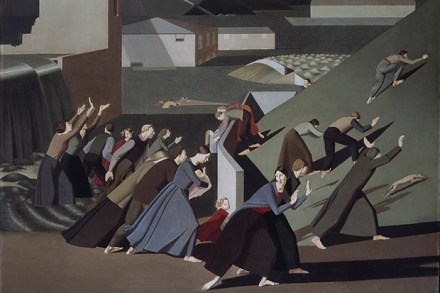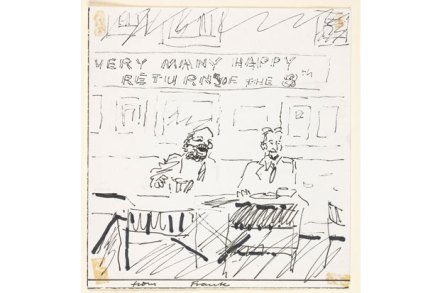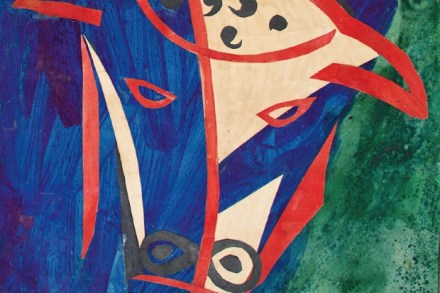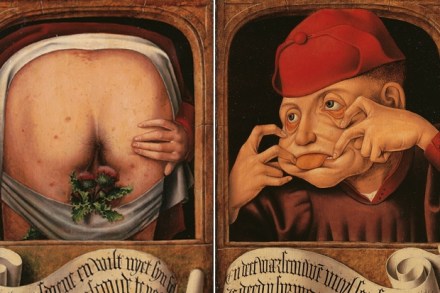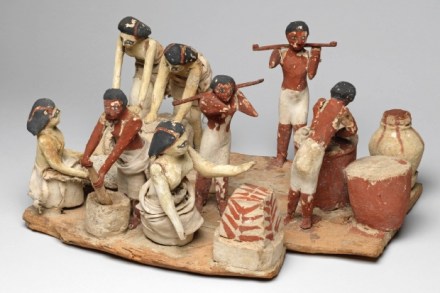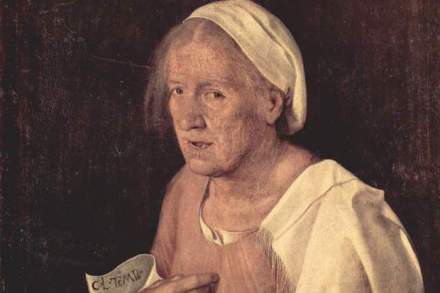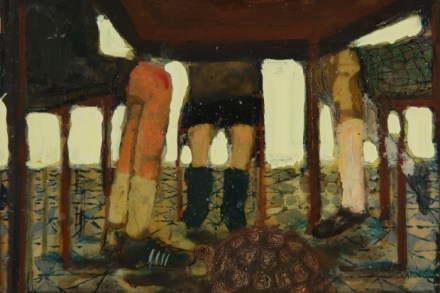Echoes of Italy
‘Hidden beauty is best (half seen), faces turned away.’ So noted a young English painter named Winifred Knights in 1924. Until recently, the power of her own work has been thoroughly concealed. After her death in 1947, indeed even before it, Knights was forgotten. By the 1950s her reputation had sunk so completely that both the Tate and the Fitzwilliam Museum refused to accept one of her masterpieces as a gift. However, artists who disappear into oblivion are sometimes rediscovered — and that is what has happened to Knights, who is now the subject of an admirable exhibition at Dulwich Picture Gallery. It is, as the cliché goes, a revelation.
